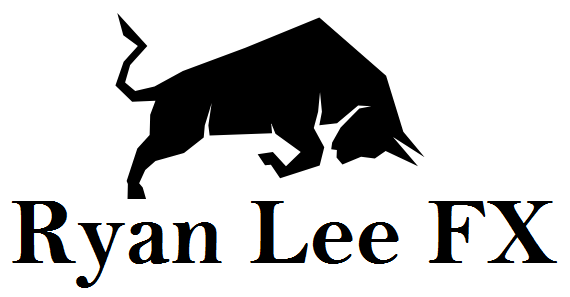Price action is when a security or asset moves either up or down. This movement is posted on a technical chart for analysis by traders and investors. The goal for an investor is to use this chart to identify potential patterns which can lead to positive future investments. But what are some of these patterns and how can an investor start to identify trends?
Trends happen all the time – trends can go down, can go up, or a trend can be a regular down and up vacillation. There is no one set thing defining what a trend is; the key to good trend understanding is to have an idea about when an asset will go up or when it will go down. If you know or have a good guess when it will go up, you’ll know when to buy; if you have a guess when it might go down you’ll know when to sell. It is this selling part that most investors have a problem with, especially new ones.
New investors who are still learning how trends work oftentimes will lose everything they have gained in a trend with the hopes that it will go back up and not be trending downwards. However on average, most young investors will have far more losses than gains and most of this is due to an inability or simple lack of belief that the trend has changed for the worse on their asset.
The best way to identify trends is in understanding the higher highs and higher lows vs lower highs and lower lows. In brief, when asset is trading upwards on an upward trend, its high will on average be higher on the graph and its lows will on average be lower. It will still have up and down movement, but the lows will never quite be as low as they were before and the highs will be higher. If the asset is trending down, it will be reversed. The lows will be lower than they have been each time and the highs will on average become lower as well. This will become extremely evident in the graph whether your graph is basically going up or basically going down.
One of the best strategies to saving money or making money is to have a sell off point. If the asset set goes high, you set the sell off point high. For instance, your asset that was at 800 and over the next couple weeks goes up to 1000, you can set your price cut off now at 950. That way you still have a gain of 150 even if it begins a 50-point downward trend. Setting the sell point below the lowest low but higher than where you started can help protect you against downward trends in the market and if it keeps trending upwards, simply keep raising your auto sale point.
If you keep tabs of the higher highs and the lower lows, as well as being willing to sell and not go down with the ship, you will be well on your path to using your trends knowledge for profitable use.
